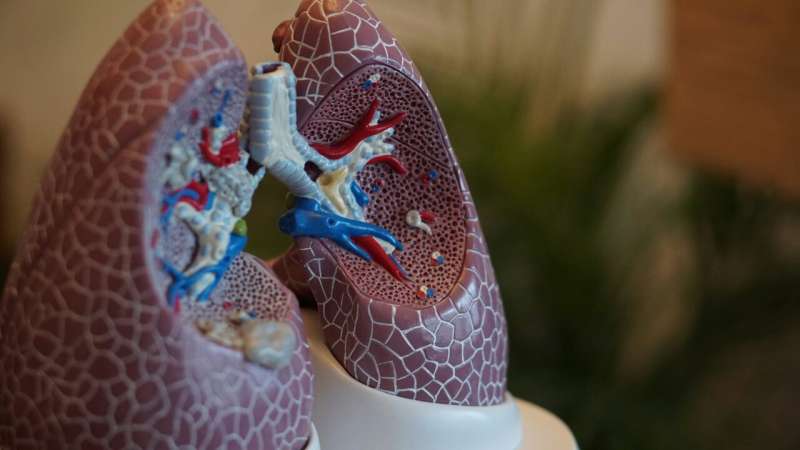Dormant Stem Cells Provide Insights into Loss and Decline of Sense of Smell

New research reveals that dormant stem cells in the nose actively support the regeneration of olfactory neurons. These findings may lead to therapies for smell loss caused by aging, infections, or neurological diseases.
Recent research at Tufts University School of Medicine has shed light on the role of dormant stem cells in the olfactory system, which might explain why and how the sense of smell deteriorates with age, disease, or injury. The scientists developed a novel three-dimensional model of olfactory tissue, known as an organoid, to investigate the regenerative processes of nerve tissue in the nose. This innovative model allows for a deeper understanding of how sensory neurons in the nasal cavity are continuously regenerated throughout life despite constant environmental exposure.
Viral infections like COVID-19, exposure to environmental toxins, and aging can impair this regenerative ability, often leading to partial or total loss of smell, a condition known as anosmia. The study focused on two primary stem cell types in the nose: horizontal basal cells (HBCs) and globose basal cells (GBCs). Previously, HBCs were thought to be mostly dormant, but the research revealed that they actively participate in the regeneration process, especially supporting the generation of new olfactory neurons, when supported by GBCs.
By analyzing these cells within their model, the team identified a subset of HBCs marked by the protein KRT5 that actively contribute to neurogenesis—creating new neurons essential for the sense of smell. When these specific cells were depleted in the model, neuron regeneration was significantly hindered, highlighting their critical function in tissue repair.
Furthermore, the researchers observed that in older mice, the capacity to regenerate olfactory neurons decreased, potentially due to a decline in GBCs. This finding suggests that age-related reduction in specific stem cell populations influences the diminished sense of smell seen in aging populations. The team aims to explore ways to rejuvenate these cells to restore olfactory function.
A significant goal of this research is to extend the findings from mouse models to humans by developing human olfactory organoids. Such models could facilitate drug screening efforts aimed at treating smell loss, which is frequently associated with COVID-19, Parkinson’s disease, and other neurological conditions. Developing effective, accessible methods for isolating and culturing human olfactory stem cells remains a future challenge, but progress in this area could lead to innovative therapies for smell rehabilitation.
This research underscores the importance of understanding the cellular mechanisms underpinning nerve regeneration in the nose and offers new perspectives on how dormant stem cells could be harnessed for therapeutic purposes, especially in aging and disease-related smell impairment.
Stay Updated with Mia's Feed
Get the latest health & wellness insights delivered straight to your inbox.
Related Articles
Increased Mortality Risk from Lymphoma and Infections in Rare Skin Cancers Revealed by New Study
New research reveals increased risk of death from lymphoma and infections in patients with rare skin cancers mycosis fungoides and Sézary syndrome, emphasizing the need for early diagnosis and careful monitoring.
New Insights Into Sex Differences in Heart Rhythms: Faster Heartbeats in Women and Irregular Rhythms in Men
New research uncovers genetic reasons why women tend to have faster heartbeats while men are more prone to irregular rhythms, paving the way for personalized heart rhythm disorder treatments.
Emerging Role of Immune Molecule STING in Protecting the Aging Brain
New research reveals that the immune molecule STING, long associated with harmful inflammation, may actually help preserve brain health in aging, challenging previous assumptions and opening new avenues for neurodegenerative disease therapies.



